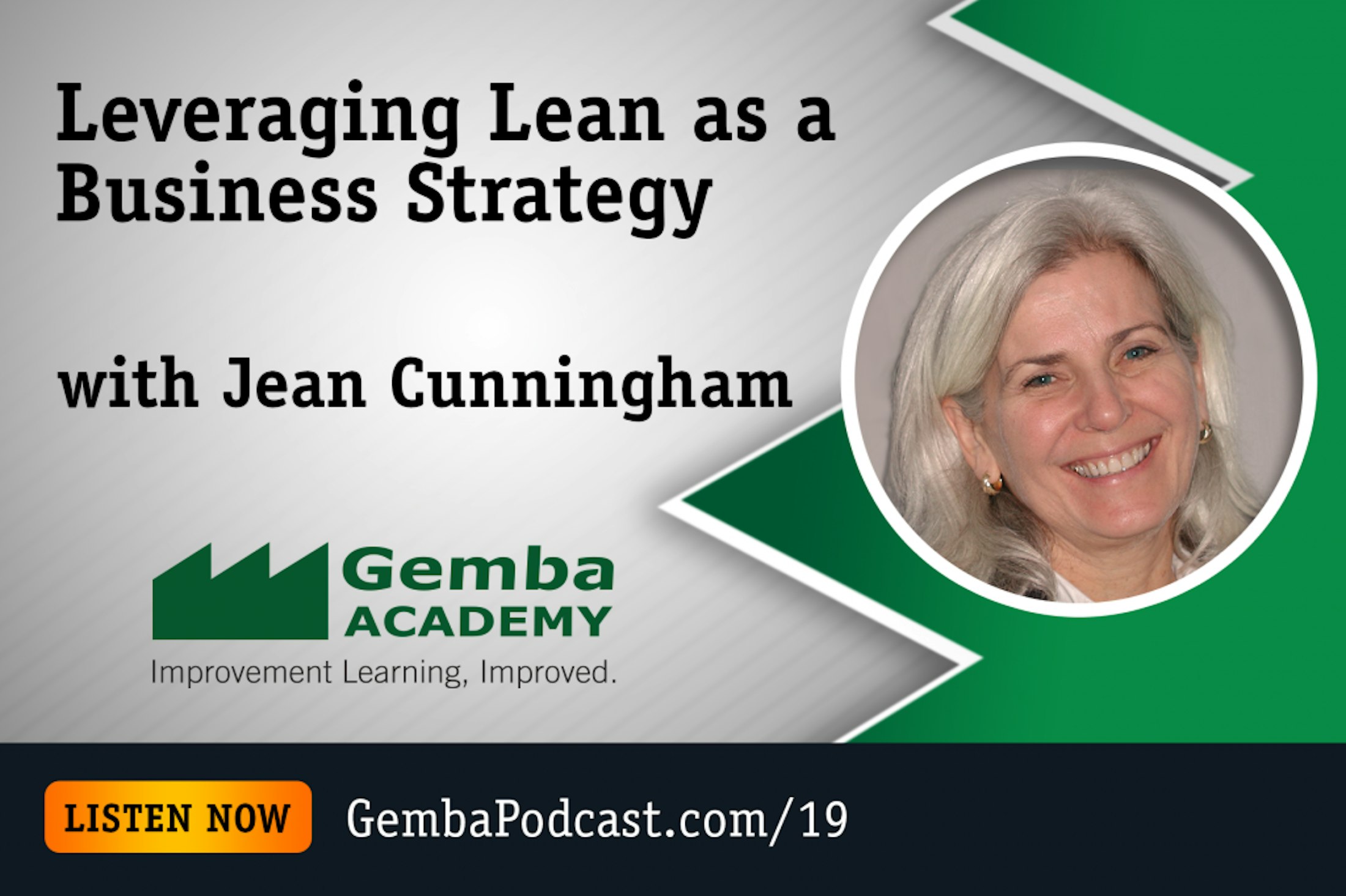Lean Accounting
Lean management is a philosophy that aims to create consumer value, align the business around its value streams, and empower employees at all levels to drive sustained, continuous improvement.
As companies begin embracing this Lean methodology, they may soon find that their accounting processes need to change to support their new set of values and business objectives.
To sustain Lean transformation, accounting processes need to provide relevant financial and non-financial information to execute this Lean business strategy and drive financial gains.
Lean Accounting presents a new way of looking at the numbers, ensuring that accounting and finance functions align with actual business objectives.
What Is Lean Accounting?
Lean not only changes how an organization works and collaborates, but also how an organization thinks about how it makes money. Instead of categorizing costs by department, Lean Accounting organizes costs by value stream, or all the activities associated with bringing a product or service to market that creates value to the end consumer.
Most companies use their management accounting to align their strategy with their operating practices, using the function to provide management with the information they need to analyze existing processes and inform decisions.
Traditional accounting practices are not built to support Lean’s core objectives—in fact, they often work against Lean’s objectives and create waste.
Accountants can spend a great deal of time preparing documents that few people use or understand. Often, that information is provided too late to add value to the organization and doesn’t align with consumer needs.
The Definition of Lean Accounting
Lean Accounting can be defined as the practice of applying Lean principles to all accounting activities to improve efficiency, quality, and delivery. The practice is designed to align accounting and finance activities with business objectives in a Lean organization.
Lean Accounting emerged as a response to traditional accounting practices often not syncing up with the how value is created in a Lean operation. For instance, in conventional accounting, inventory is an asset because it qualifies as something a business owns that has value, not a debt that you owe.
The idea is that you can later sell inventory to consumers or use it to build more finished products. In traditional accounting, that inventory increases your net worth, even if it sits on a shelf for years to come. By contrast, Lean Accounting looks at the fact that unused inventory is a source of waste. It takes up space, there’s no guarantee it will sell, and it requires labor and materials better used fulfilling actual customer demand.
Advantages and Disadvantages of Lean Accounting
Lean Accounting aims to turn accountants into strategic partners that will help drive continuous improvements in their value streams. Lean Accounting focuses on boosting revenue and driving profits by increasing the value of an organization’s products/services. While that is generally seen as a positive within a Lean organization, it may also result in an organization inadvertently omitting costs.
According to Lean Accounting expert Jean Cunningham, it’s important that organizations are aware that you’re measuring what you ship, not what you make. As you drop inventory, you’re going to have a hidden income statement. Cunningham goes on to say that you also need to make sure you have good metrics in place so that you’re not rewarding production and that you keep an eye on what is being sent out.
How to Practice Lean Accounting
There are several factors that come into play when implementing a Lean Accounting system—think company size or whether you’re operating in the public or private sector.
According to Cunningham, organizations should start practicing Lean Accounting by creating a “side statement” in Excel to make the case for the change to internal stakeholders. She recommends recasting a year’s worth of information (or maybe just a quarter, to start) in the new format and showing it to people. While not all of the information will translate perfectly to the new format, you can use this statement to gather feedback from internal stakeholders.
She also recommends creating links between reformatted Lean statements and your corporate statements. Both types of statements are compliant with GAAP standards, which means you don’t have to create something completely different, even if your organization still uses traditional accounting at the corporate level.
Gemba Academy’s online training course will walk you through the core fundamentals and Lean Accounting principles you need to know to align your Lean activities with your accounting processes.
Lean Accounting Podcasts
Our free podcasts provide real world insights into practicing Lean Accounting.

Wiremold's Lean Journey with Orry Fiume
Guest Orry Fiume, is the former VP of Finance and Administration at Wiremold. He discusses the challenges Wiremold faced during Orry’s time there, as well as Orry’s insights on lean leadership and accounting.
Listen Now
Leveraging Lean as a Business Strategy
Guest Jean Cunningham, one of the original Lean Accounting thought leaders, discusses using lean practices in business.
Listen NowAdditional Video Content
Stay Up to Date!
Make sure to sign up for our newsletter for all of our new video release notifications, Lean news, podcasts and more!
Your message has been sent. We'll get back to you soon!
Sorry, there was an error with your submission: